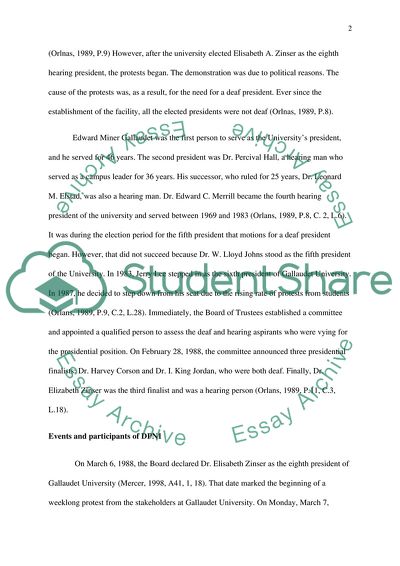Cite this document
(“Deaf President Research Paper Example | Topics and Well Written Essays - 2750 words”, n.d.)
Deaf President Research Paper Example | Topics and Well Written Essays - 2750 words. Retrieved from https://studentshare.org/education/1650578-deaf-president
Deaf President Research Paper Example | Topics and Well Written Essays - 2750 words. Retrieved from https://studentshare.org/education/1650578-deaf-president
(Deaf President Research Paper Example | Topics and Well Written Essays - 2750 Words)
Deaf President Research Paper Example | Topics and Well Written Essays - 2750 Words. https://studentshare.org/education/1650578-deaf-president.
Deaf President Research Paper Example | Topics and Well Written Essays - 2750 Words. https://studentshare.org/education/1650578-deaf-president.
“Deaf President Research Paper Example | Topics and Well Written Essays - 2750 Words”, n.d. https://studentshare.org/education/1650578-deaf-president.


